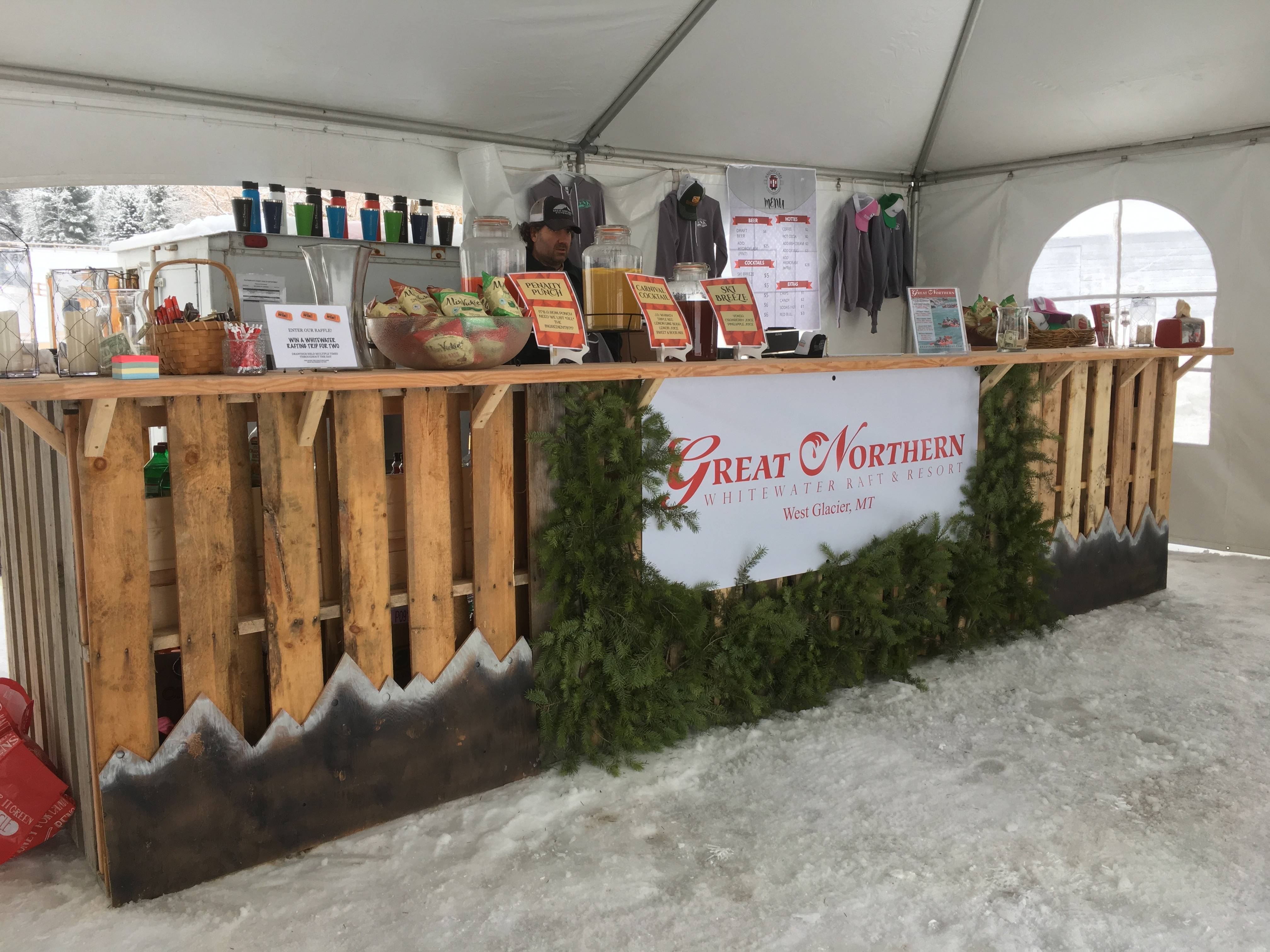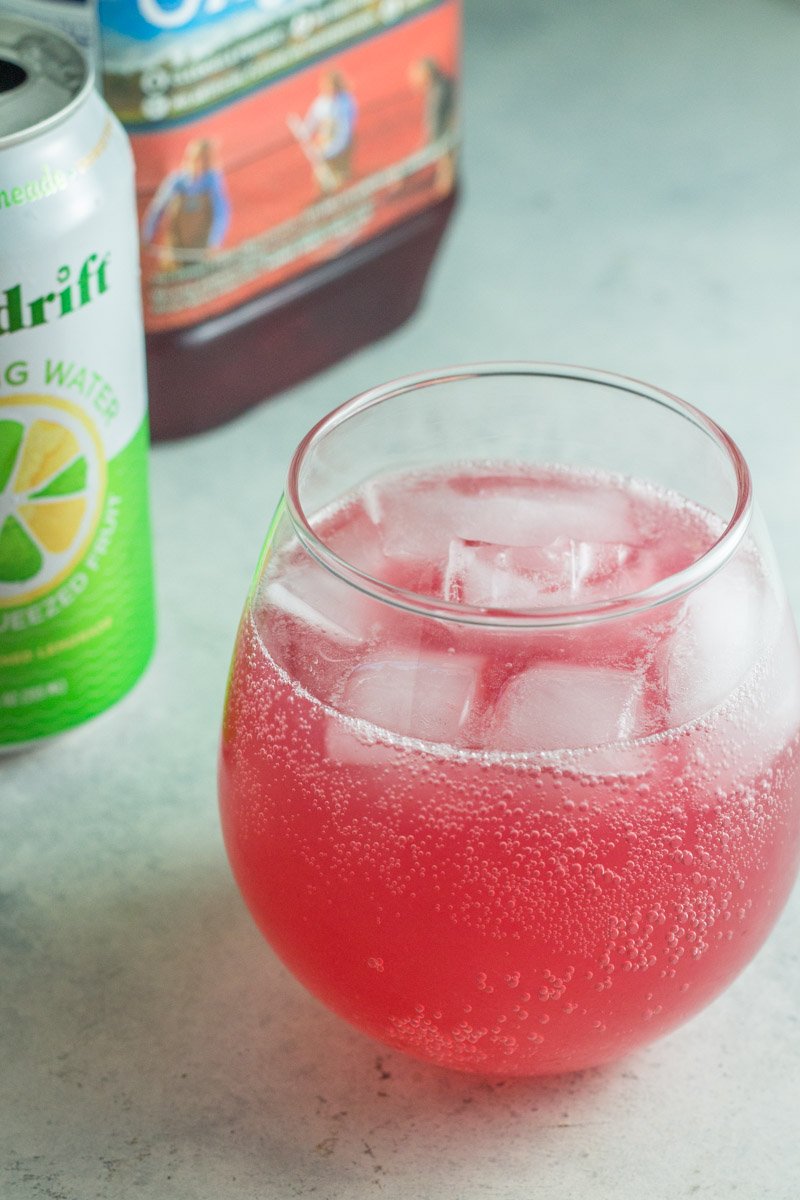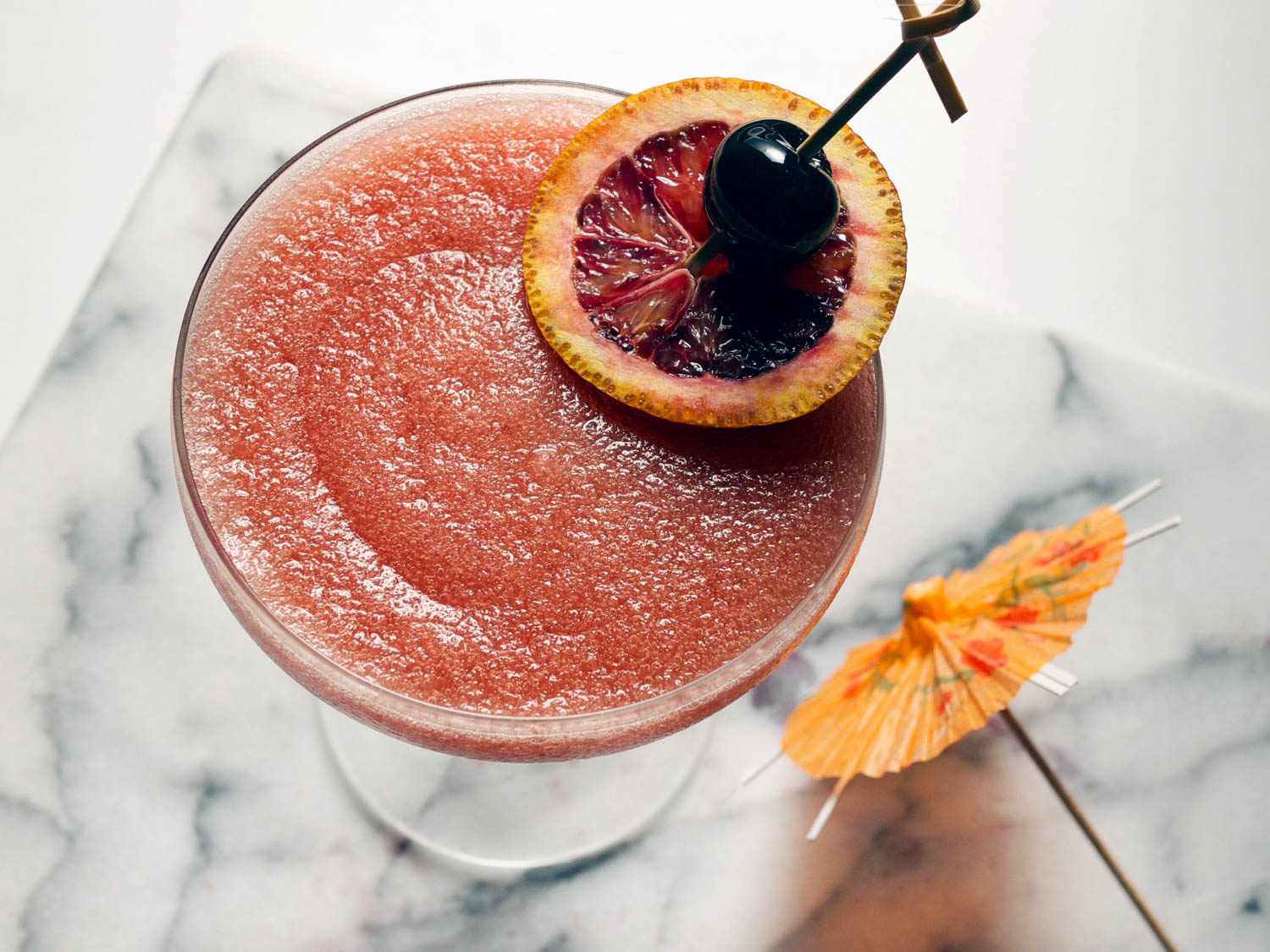
American bartenders in Prohibition were artists, entertainers and community pillars. Their creations were a blend of technology, skill, and rebellious social symbols. The United States federal government outlawed the production of alcohol. Mixology became a dying art.
After Prohibition, most bars closed and alcohol went underground. Some law-abiding citizens still wanted to drink. Bootlegging groups devised methods to produce large amounts of alcohol. They also developed devices that could be used for transporting booze cases undetected. Although Al Capone did not report his production to the government, many common citizens took advantage of the high sale price of illegal booze.
The classic cocktail recipe went through a major transformation after Prohibition. Bartenders piled on fruit and soda to disguise cheap liquor. The standard serving of liquor per order became the jigger, which was two fluid-ounces. Each drink was served with a small silver spoon. The spoon disappeared once the drink was done.

The pre-Prohibition cocktail was a fusion of skills, technology, and knowledge. Although many bars closed during prohibition, there were still expertly-crafted drinks available all over the country. Drinkers wanted old-fashioned cocktails, as many bars were closing and drinking became illegal. These were made by serious bartenders, and they would often have a small silver spoon accompany the drink. The recipe would vary from bar to bar, but would generally include aromatic bitters, a cherry, and a lemon slice.
Pre-Prohibition cocktails as we know them today were created in the mid-1800s. Pre-Prohibition cocktails include the classic gimlet. This classic drink was made with preserved lemon juice and gin. The Jack Rose is a classic, gin-based cocktail. It features applejack as well as grenadine. The Old Fashioned, a classic whiskey-based cocktail that includes orange slice garnishes and Maraschino.
These drinks became very popular and were even a source national pride. Fiscal agent is one drink that gained new fame. It was popular due to the large amount of ice used in its preparation, which kept it chilled during summer heat. Ice allowed cocktails to be affordable luxury.
Bartenders took a stand against the temperance crowd in the early days Prohibition. But they were innovators. They used technology and the tools of their time to create new culinary experiences. They also learned together. Some bartenders were even celebrities. Joseph Taylor, a Waldorf Hotel bartender in 1894, wrote a book on mixed drink recipes. Albert Stevens Crockett, who read it, included its recipes in the book Old Waldorf Bar Days, which was published when Prohibition was still in force.

The federal government outlawed the import and export of alcohol during Prohibition. This meant that the federal government could guarantee the quality and safety of the liquor being sold. A Bottled-In-Bond Act of 1998 established standards for 100-proof liquor.
FAQ
How do you know if a cocktail is strong?
A stronger drink contains more alcohol than a weaker one. Proof is a measure of how much alcohol is in a drink. One proof equals one percent alcohol for each 100g grain alcohol volume. So a 12 oz. A bottle wine would have ten proofs, while a 16-ounce bottle would be 16. Beer would be 13 proofs and 40 oz. bottle of scotch would be 45 proofs.
What can we do when someone orders a "dirty” Martini?
A dirty martini refers to a martini that is served with extra olives.
What do I do if my cocktail gets too hot?
To avoid your drinks getting too hot, place them in the refrigerator for 5 minutes before consuming. This way, they won't have time to heat up as much.
What are some tips for making great cocktails?
Here are some ways to make tasty cocktails.
-
Good quality spirits are best. Avoid cheap alcohol that tastes a lot like rubbing alcohol. You should instead choose premium brands like Absolut Citron, Bombay Sapphire and Bombay Sapphire.
-
Choose high-quality juices and syrups. Avoid low-quality syrups, which can contain artificial flavors or colors.
-
Clean your glassware. Dirty glasses can affect the taste of your cocktails.
-
You should not overfill your glass. Do not fill your glass more than three quarters. You can dilute the strength and flavor of your cocktail by overfilling your glass.
-
Always shake your cocktail well before serving.
-
Ice your cocktails.
-
Each cocktail can have fresh garnishes. These can include lime wedges. Orange slices. Lime wedges. Mint leaves. Strawberries, raspberries. Blackberries. Blueberries. Strawberry chunks. Grapes. Olives. Pickled ginger. Celery stalks.
-
Garnish your cocktails with edible flowers such as rose petals, pansies, nasturtiums, violets, and dahlias.
Statistics
- It is customary to leave a tip of 10-20% of the bill total. (boguesounddistillery.com)
- If you choose one that's made with 100 percent agave (like Milagro or Sauza), you'll save a ton of money and still get a great-tasting drink. (mashed.com)
- with a light percentage of 4.2% or any with a light percentage of 4.2% or any Coors/Bud/Miller Lite, which also is 4.2% (breakingtheboredom.com)
- According to a post on Quora, the average bartender can make upward of 140 drinks per hour. (gloworder.com)
External Links
How To
How to make Mixed Drinks?
Mixed drinks are prepared from different ingredients such as spirits, juices, liqueurs, syrups, etc., which are combined together into one drink. Mixing liquors together with water and ice makes a cocktail. This drink is typically made with fresh fruit juices, lemonade or soda water, tonic water and ginger ale.
These are the most commonly used types of cocktails.
-
Margarita is a Mexican cocktail made with tequila and triple sec (or Cointreau), lime, and salt.
-
Daiquiri: A Cuban cocktail made with rum, sugar, lime, and crushed ice.
-
Mojito is a Cuban cocktail made mainly with mint leaves and rum.
-
Gin and Tonic: A British cocktail that includes gin & tonic.
-
Martini - A Martini is a cocktail that consists of vodka, vermouth, bitters and olive oil.
-
Whiskey Sour - A whiskey cocktail made with bourbon sweetened condensed Milk, lemon juice and egg white.
-
Sidecar - A French cocktail consisting of cognac, orange juice, and grenadine.
-
Collins - A cocktail consisting of equal parts of gin and lemon juice.
-
Manhattan - A cocktail made with rye whiskey and sweet vermouth. It also includes maraschino cherry juice, sweet vermouth, angostura bitters and seltzer.
-
White Russian: A cocktail made of vodka, Kahlua (a coffee liqueur), and cream.
-
Brandy Alexander: A mix of brandy and creme de cacao, heavy cream, and dark chocolate syrup.